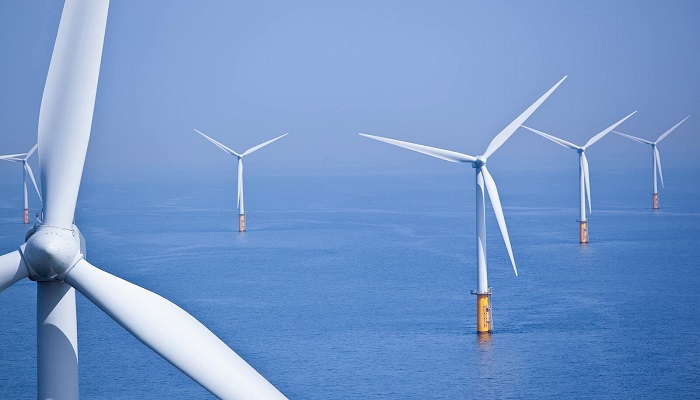The European Commission has sanctioned a €10.82 billion ($11.7 billion) initiative to bolster offshore wind energy deployment in France.
This initiative, approved under the State Aid Temporary Crisis and Transition Framework, will span 20 years.
The allocated funds are intended to construct two bottom-fixed wind farms. One of the farms, with a capacity between 1000-1200MW, will be situated in the South Atlantic zone, expected to produce at least 3.9TWh of electricity annually.
The other wind farm will be positioned in the Centre Manche 2 zone in Normandy, boasting a capacity of 1400-1600MW and projected to generate at least 6.1TWh of electricity each year.
The financial help will be provided as a two-way contract for difference (CfD) to one beneficiary per offshore zone, selected through a bidding process.
Margrethe Vestager, the executive vice-president responsible for competition policy, indicated that with this €10.82 billion initiative, France would accelerate its offshore wind capacities, aligning with the EU Strategy on Offshore Renewable Energy. Vestager highlighted that this move would assist France in reducing its reliance on Russian fossil fuels while maintaining minimal competition distortions.
The EU Strategy on Offshore Renewable Energy, published on 19 November 2020, outlines specific measures to back the long-term sustainable growth of the sector. This strategy looks forward to having a minimum of 60GW of offshore wind and 1GW of ocean energy by 2030, and 300GW and 40GW, respectively, by 2050.
This announcement comes amidst significant political scrutiny in France, with concerns that a far-right political victory could undermine climate policy efforts.
France has already delayed its climate and energy objectives, missing the 30 June deadline to submit its final NECP. Completing the final energy plan remains challenging until the electoral process concludes and consensus within the country is achieved.





































